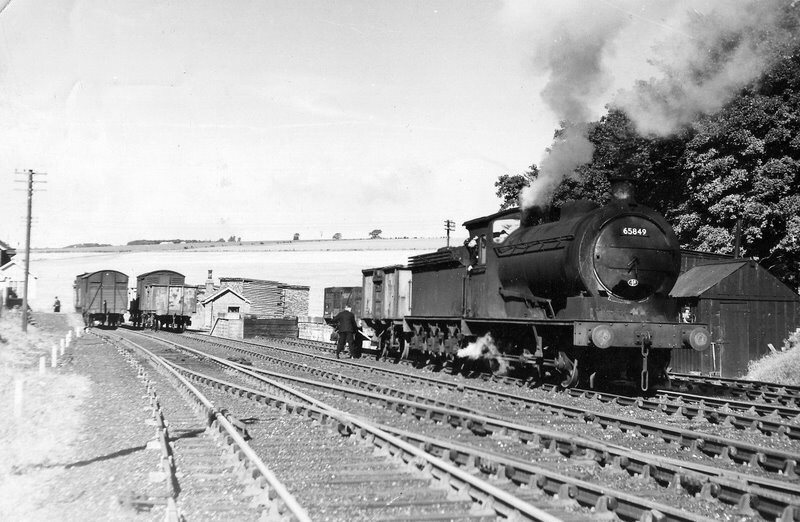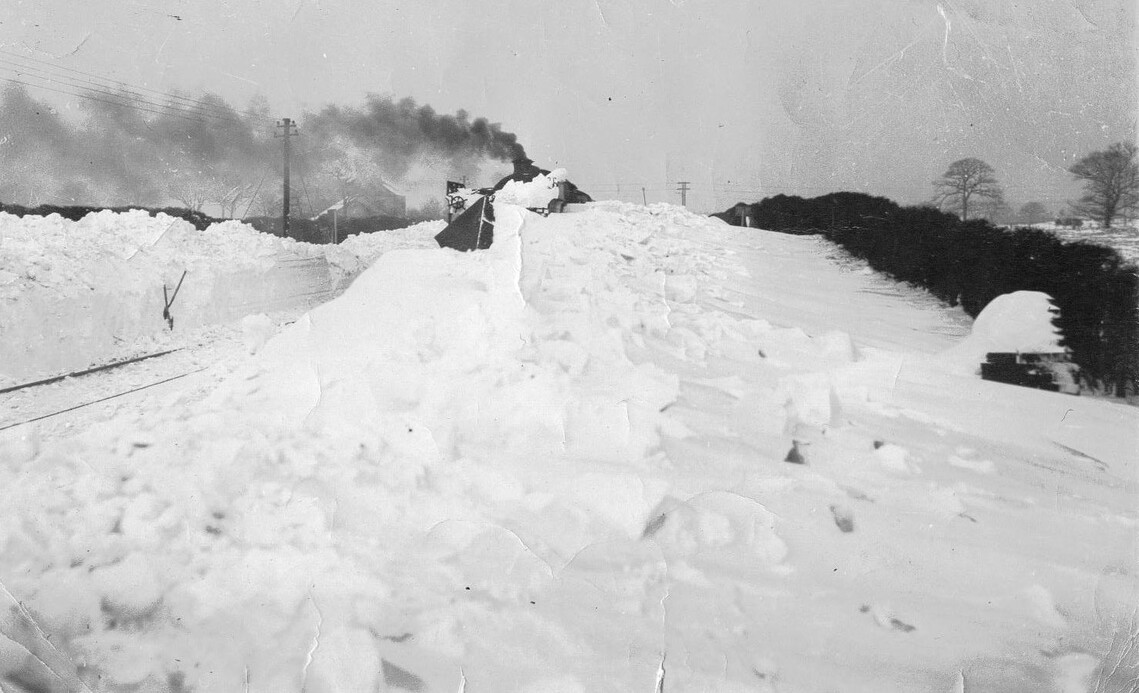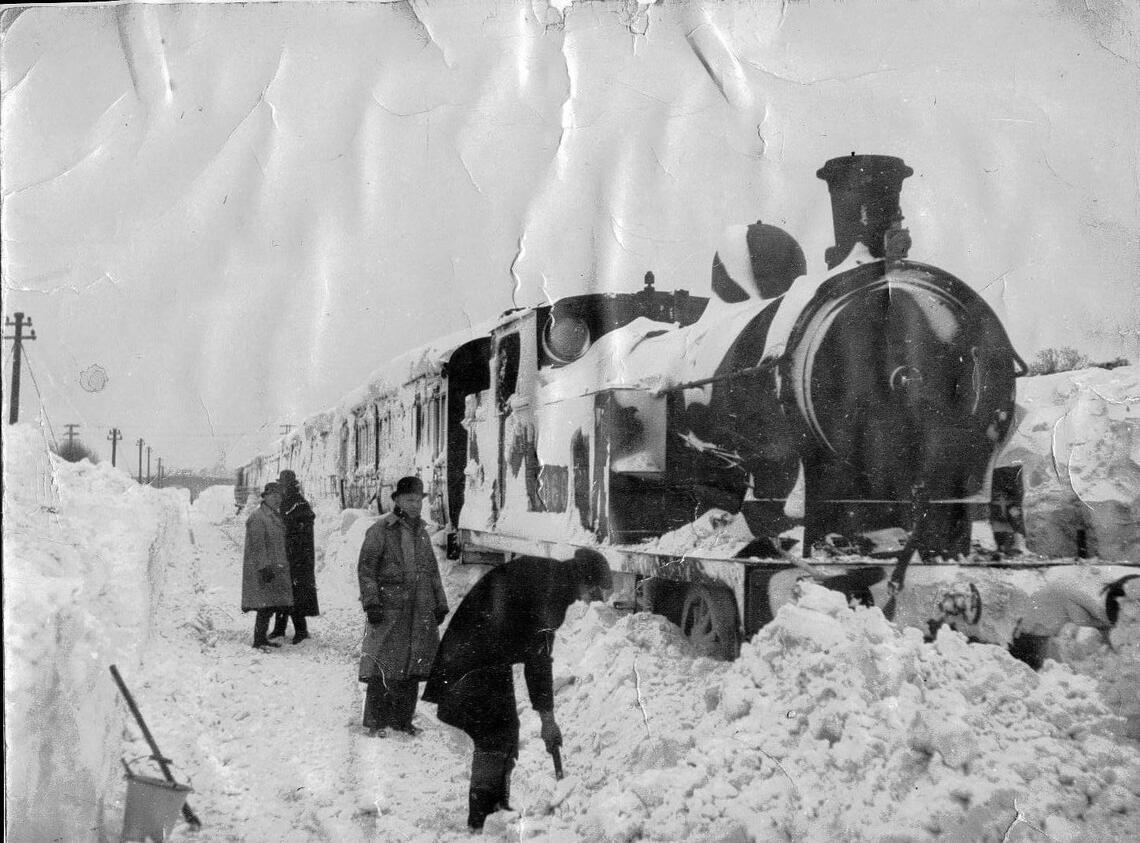Market Weighton
Market Weighton Railway Station in 1940, thanks to the East Riding Archives. The station has gas lighting, barrow with an item ready to load onto the next passing train. The traditional overall roof is intact a feature of North Eastern Railway design. Within a decade of this photograph being taken. The line between Driffield and Selby and Beverley and York would be closed, and the track lifted. To give an idea of how a rural station operated on the cusp of the implementation of the 'reshaping' this link to the Yorkshire Film archive give an idea. Market Weighton railway station in East Riding taken in 1965 prior to and shortly after closure of the line. Market Weighton would have been around 3 times the size of Hunmanby. But the film footage gives an indication of the staff employed on the railway at that time, operation of the coal yard and a rural country station link to Yorkshire Film Archive
The Driffield to Malton Railway Line
This railway line closed to local passenger services in 1950 but was retained primarily for the huge chalk quarries at Wharran and Burdale for the Steelworks on Teeside. The line finally closed in 1958
Sledmere Station
Steam locomotive J27 65849 shunts its waggons at Sledmere station in the 1950's. Further details from British Preserved Steam Locomotives website One locomotive remains from this class of steam locomotives built between 1906 and 1923. It is preserved by the North Eastern Locomotive Preservation Society at the North Yorkshire Moors Railway
Photograph thanks to the late Tony Ross. Further details from the webpage a tribute to Tony Ross
Burdale Station
The photographs above and below are believed to be from the Malton-Driffield line near to Burdale, about 18 miles from Hunmanby, when Winters were Winters: As well as the heavy snowfall, and the depth of the drifts, they also show working conditions at the time. Rail Staff have no High Visibility protective clothing, they are shovelling by hand, and will be going home, after a long arduous shift, to no double glazing or central heating. The railways were vital to the country keeping goods and people moving, there were no motorways. 75 years ago, far more people worked on the railway, wages were often poor, hours long. Britain was slow to phase out the dirty steam engine, while it is easy to look back with rose tinted glasses, it was a hard life, which effected many a person's long term health. The railways needed to cut costs, with the expansion and rapid improvement to the road network. This was especially so in rural areas, where the rail industry was in sharp decline, struggling to modernise. Though in times of adversity such as during heavy snow far more members of staff were available locally, and the railways remained a lifeline for goods and people, few working families owning a private car. More photographs welcome.
These two photographs date from the bitter winter of 1947, when many lines across the north of England were closed for weeks, by heavy snow and sub zero temperatures. With the pick and shovel providing the main stay of snow clearance, this was hard slow work for the gangs of railwaymen that battled to keep the arteries of the country open. Some large snowploughs were used, operating back-to-back, with two or three locomotives coupled together in between. They would charge a deep drift of snow until the amount of compacted snow and ice would bring the plough to a halt. The train would then run back, only to repeat the charge again and again, until the length of the drift had been cut with snow piled high to the sides. This did of course cover the adjoining track, but single line working could resume. The views are believed to be on the former Driffield to Malton line, (closed back in 1958). Photos thanks to Shirley Franklin.
Updated 22.10.2021




